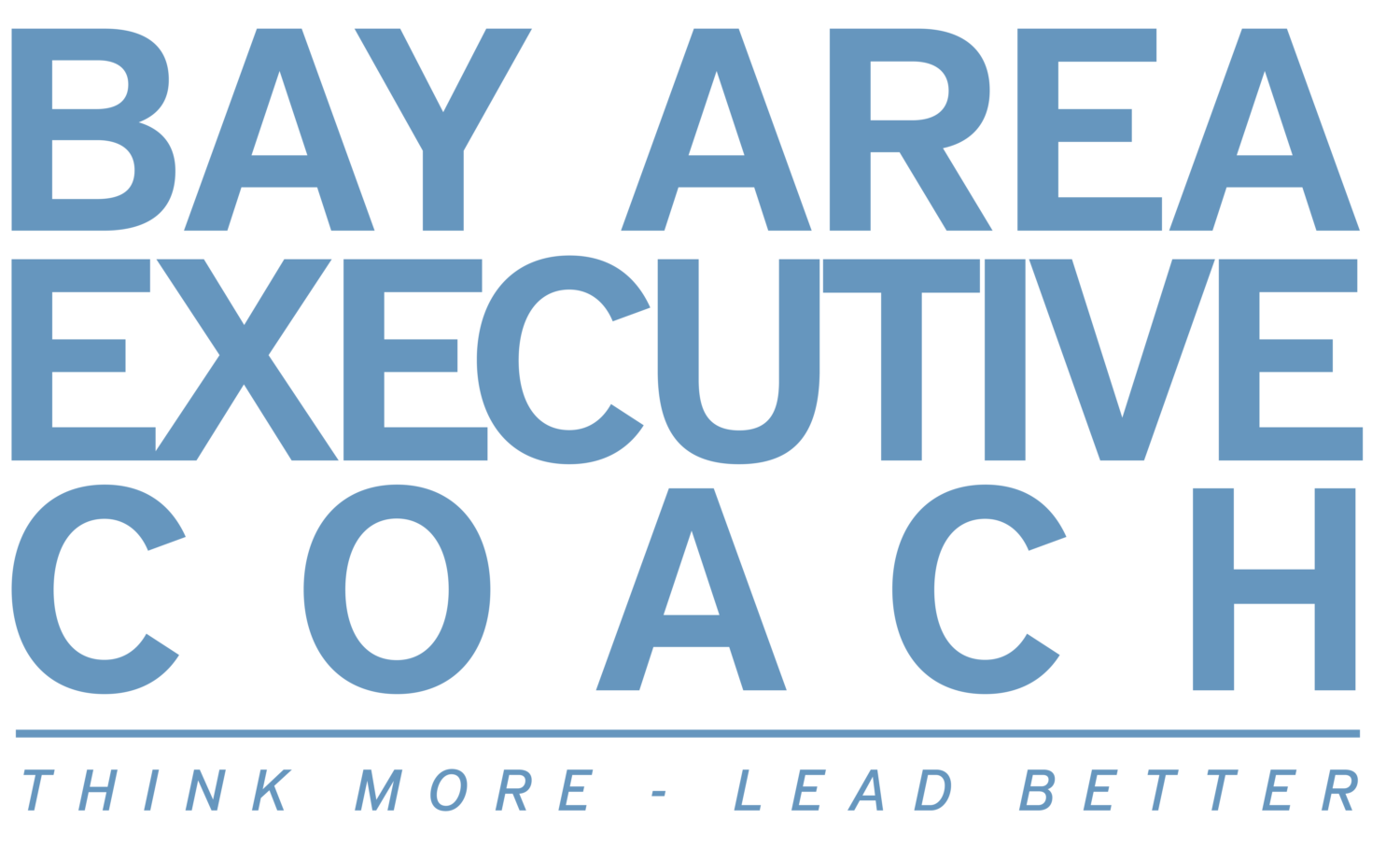Coaching a team is distinctly different from coaching an individual, with the need for cohesiveness and collaboration paramount to achieving successful and productive outcomes. We recently experienced the unique challenges, as well as the special rewards, of team coaching during a recent engagement where we co-coached a disparate team of managers within a public utility. Working with a coaching colleague, we helped this team come together to fulfill their objective of formulating a strategic business plan for the next 3 – 5 years.

The Situation:
A team of department managers under a new leader was tasked with formulating a strategic plan for their next 3 to 5 years of operation. Although their leader had done strategic planning at other organizations, and understood the value of such planning, they now found themselves leading a team who had not navigated a strategic planning process. Indeed, strategic planning was an activity for some team members who approached the task with reluctance and trepidation. The undeniable fact was that they were quite busy doing the tactical aspects of their day to day jobs. How would they find the time for strategic planning? Moreover, they were uncertain of how to do it.
Realizing the obstacles, current and potential, that lay in the way of enacting a successful, longer range strategic plan, the team leader reached out to a local executive coach for support. This coach, being aware of our experience in the strategic planning arena, enlisted us to join the engagement. With the coaching team in place, we started the process of working with the client to build a cohesive team that was confident and competent to undertake strategic business planning.
The Coaching:
Strategic planning requires a joint effort among all participants, and strongly relies on successful collaboration. Because this particular team was an aggregate of department managers who generally didn’t collaborate, we determined in conversation with their leader that a team building program would be useful to execute before the strategic planning.
Our team building approach employs the Five Behaviors of a Cohesive Team paired with an embedded DiSC® assessment that we’ve used for years to help teams work better together. Each team member rates the team on their level of Trust, Conflict, Commitment, Accountability and Results.
The embedded DiSC assessment is particularly effective in helping team members recognize and understand the similarities and differences between individuals, and to better appreciate and value the diversity residing within a group.
Over the course of this preliminary coaching phase, we ran several workshops unpacking the results of the team’s assessment results, doing various exercises that worked to gradually bring the team together. The organization’s CEO came to one of these workshops and participated in exercises with the team to further support and encourage their efforts.

Once the team learned to appreciate each other even more and get comfortable with the idea of collaborating in earnest going forward, it was time to move on to the next phase of the coaching that directly addressed strategic planning.
Our process here was to walk the team through the strategic planning process. Through another series of workshops, we guided the team to create a strategic plan based on team consensus and collaboration. These initial workshops generated a short list of potential priorities to get behind. Next, each team member was assigned a possible priority that they would need to do research, talk to stakeholders and create a presentation supporting the team’s endorsement of said priority.
Drawing upon our expertise and extensive experience in public speaking, we proceeded to coach and guide team members towards developing and delivering cogent and persuasive presentations. Our coaching included methods for assembling a presentation, the thought processes involved, content decisions, what research to do, techniques for effective public speaking, and other considerations.
The team leader asked us to augment the progress we’d made with the group through one-on-one coaching. We provided one-on-one coaching with various group members who were assigned strategic priority possibilities. Following the one-on-one coaching, each of the managers came back together in a workshop setting to do their presentations. The team then decided on which initiatives they wanted to pursue.
After that, we provided more one-on-one coaching to help the managers to create their short-term plan for the first year with movement towards achieving their longer-range strategic plan.
The Outcome:
At the start of the engagement, our clients were a disparate group of mostly siloed, non-collaborative managers who generally felt overwhelmed with the task of drafting and agreeing upon a strategic business plan for the next 3 – 5 years. 
At the completion of the engagement, the team not only had a sound plan in place, but they felt capable and confident to draft new strategic plans when the need arose. They understood much more clearly the process of collaboration and how to present one’s ideas and priorities for group consideration. Coaching helped them to think more optimistically and positively about going through such a planning process in the future on top of their day to day tasks.
Now they were much better equipped to move fluidly beyond a short-term tactical approach to work and adopt a longer-term, more strategic approach when needed. This was the breakthrough the leader was looking for when they reached out for support. They felt very good about the progress made over the course of the engagement. They knew their managers had been stretched and were unlikely to revert back to their old way of thinking and functioning.
••••
Is your team stymied by a lack of cohesiveness, collaboration, and ability to reach decisions and execute? We have the programs and the experience to coach your team towards a brighter future. We invite you to schedule a virtual meeting with us to see how we can help your team achieve its most ambitious professional objectives.
Download this case study if you’d like a copy.
Photo copyright: Featured photo is from ©kaboompics.com via Pexels.
